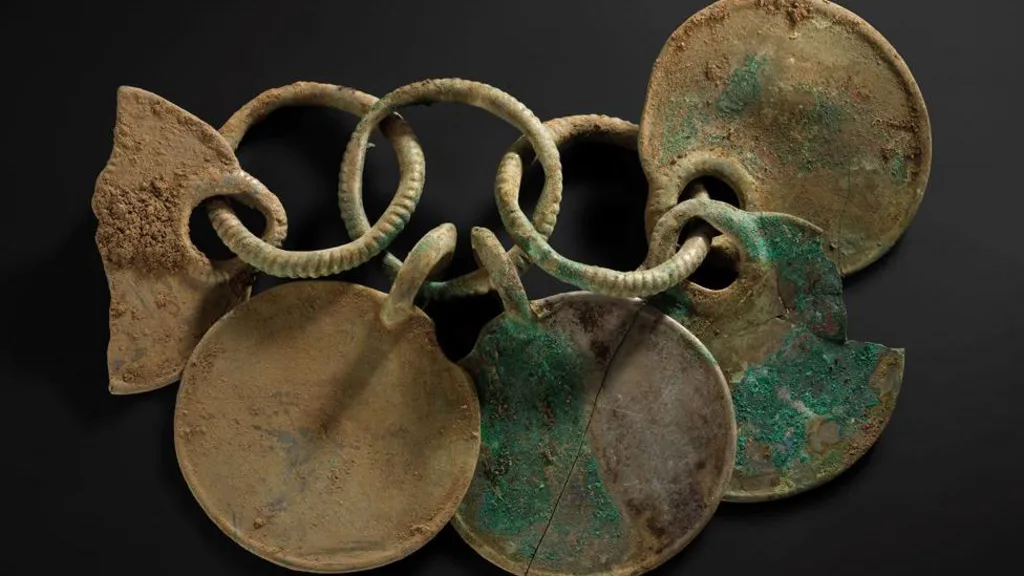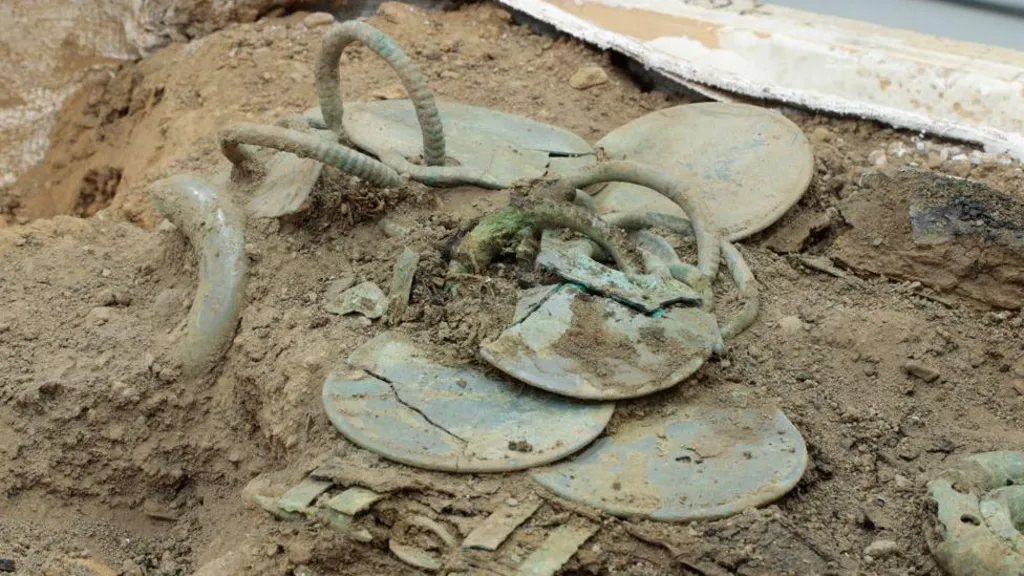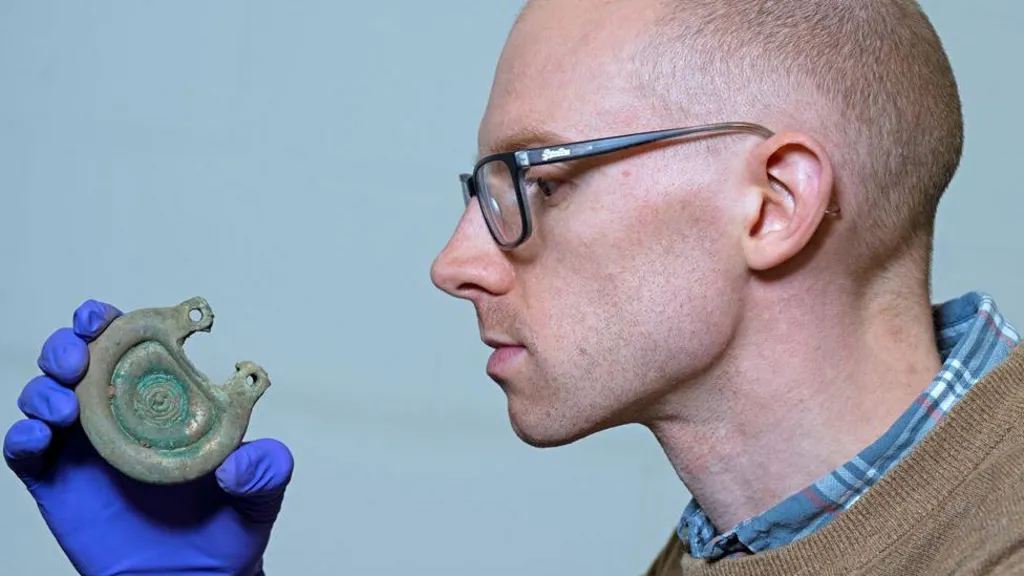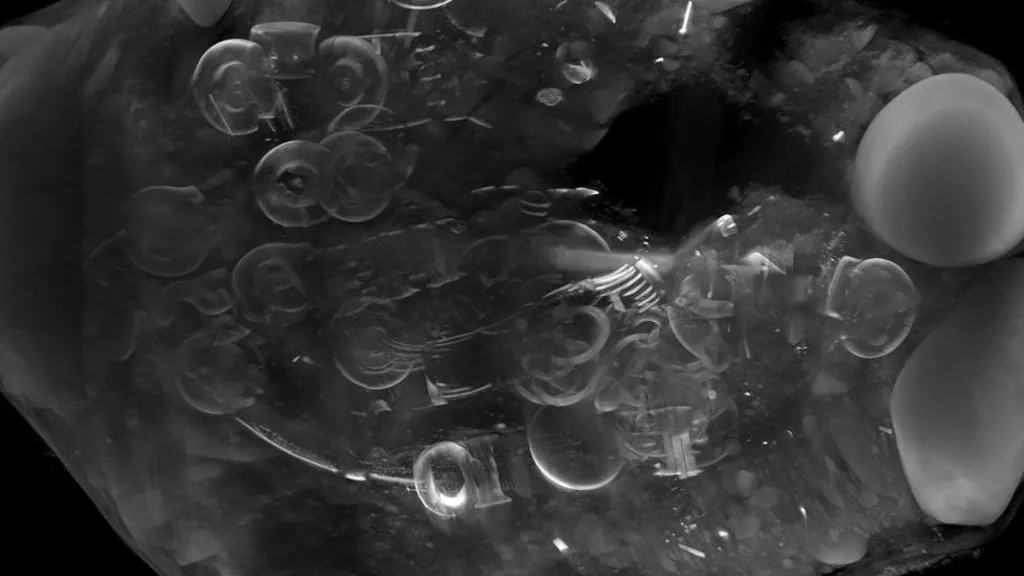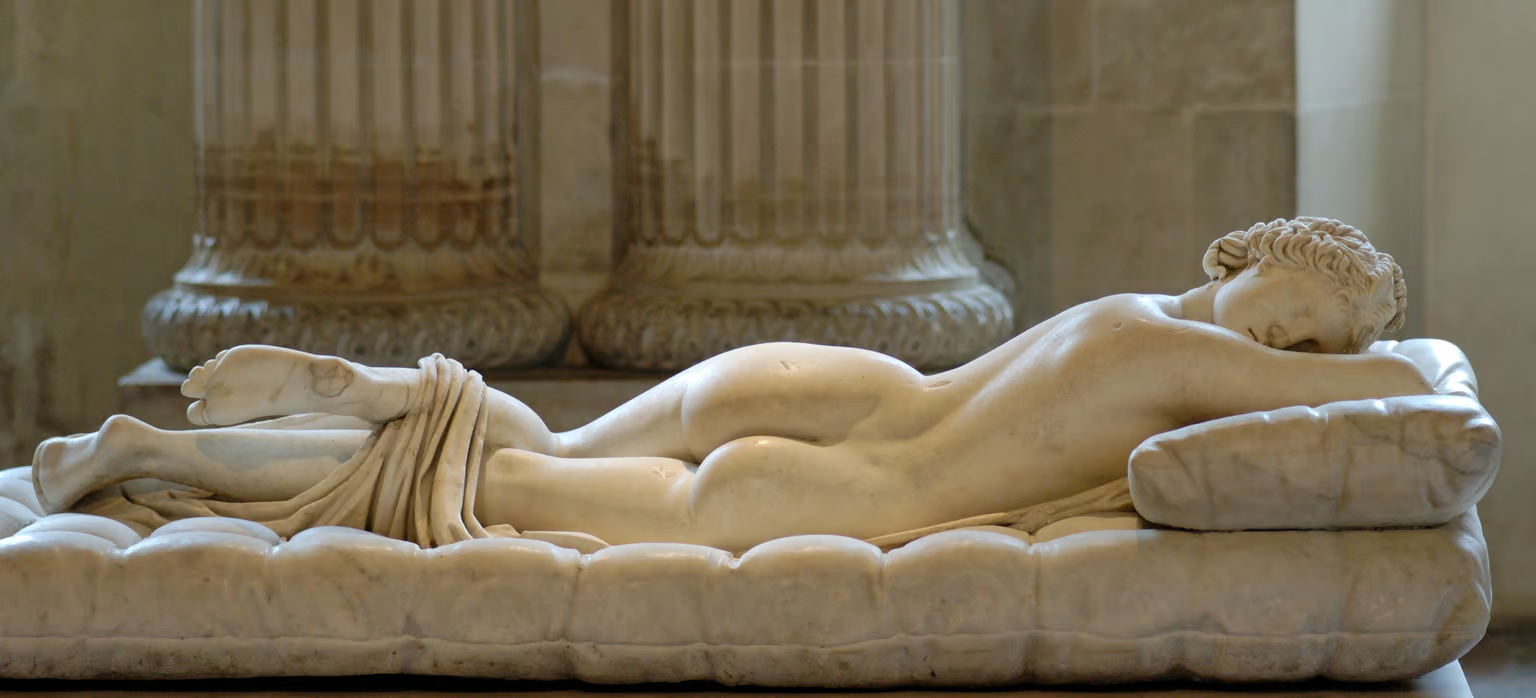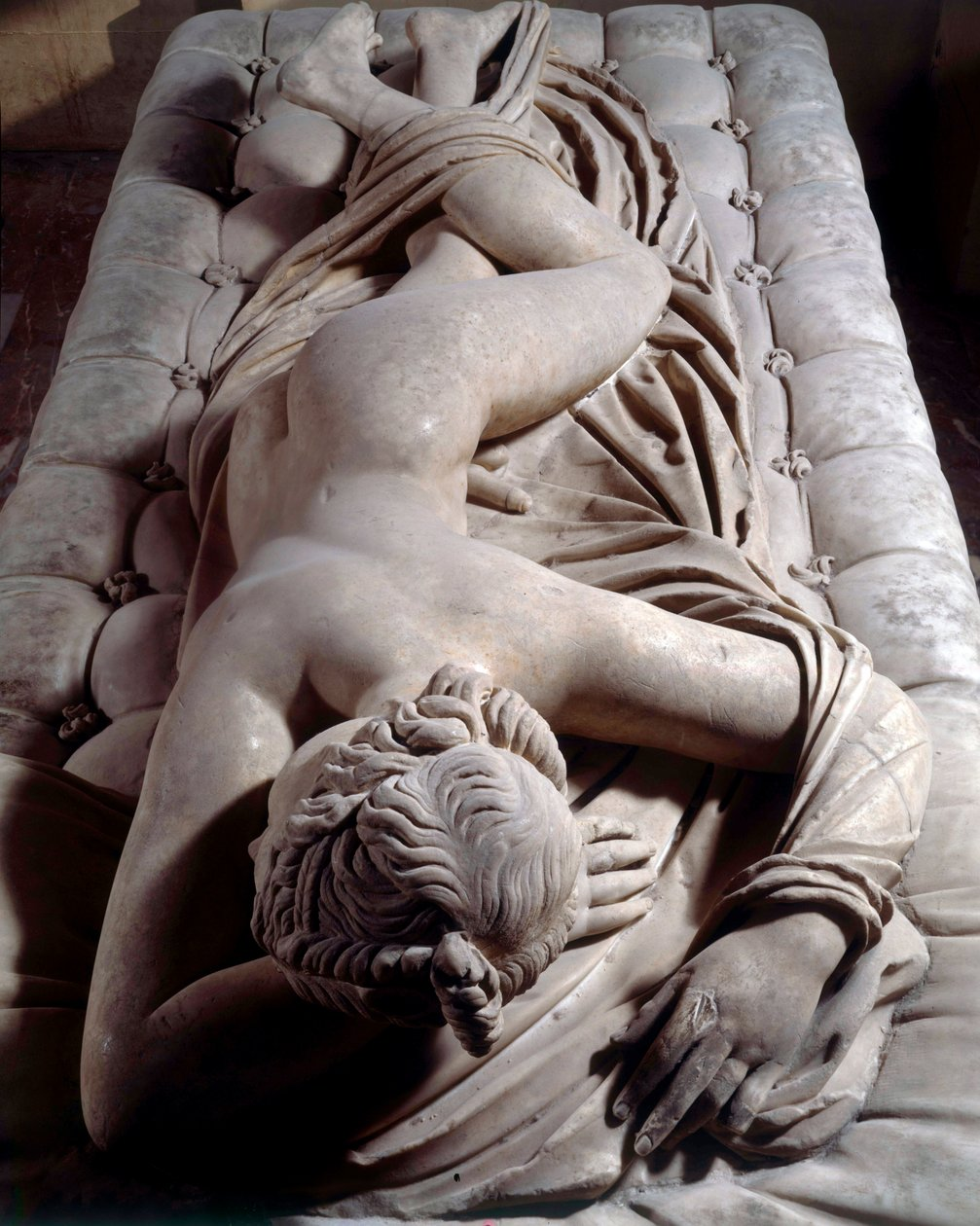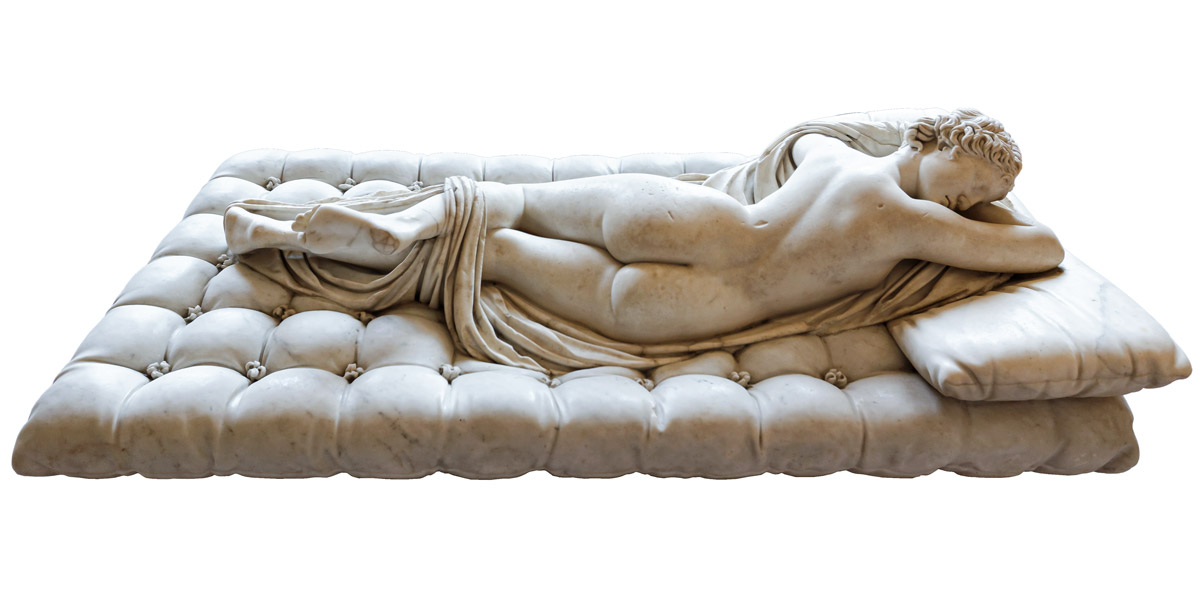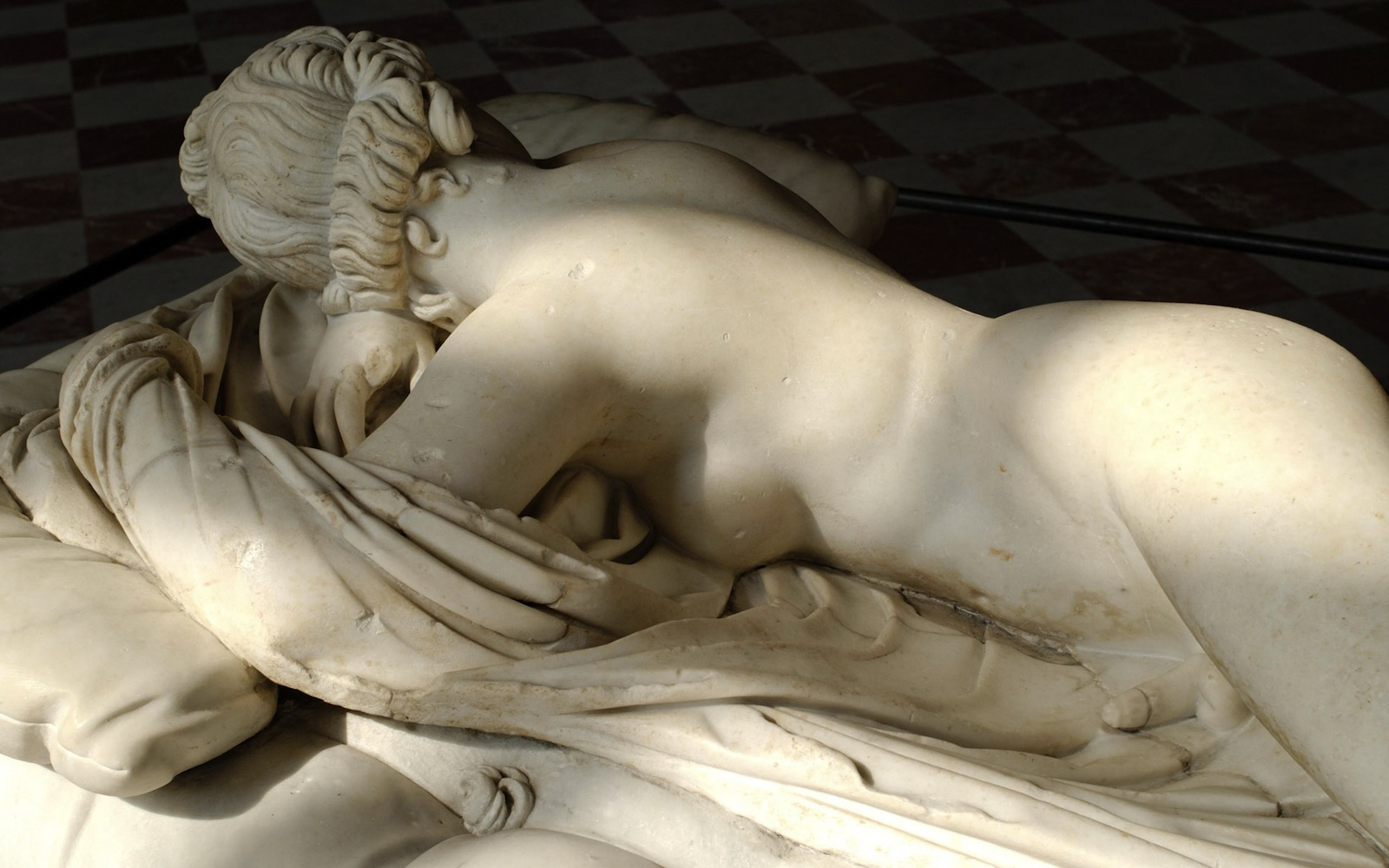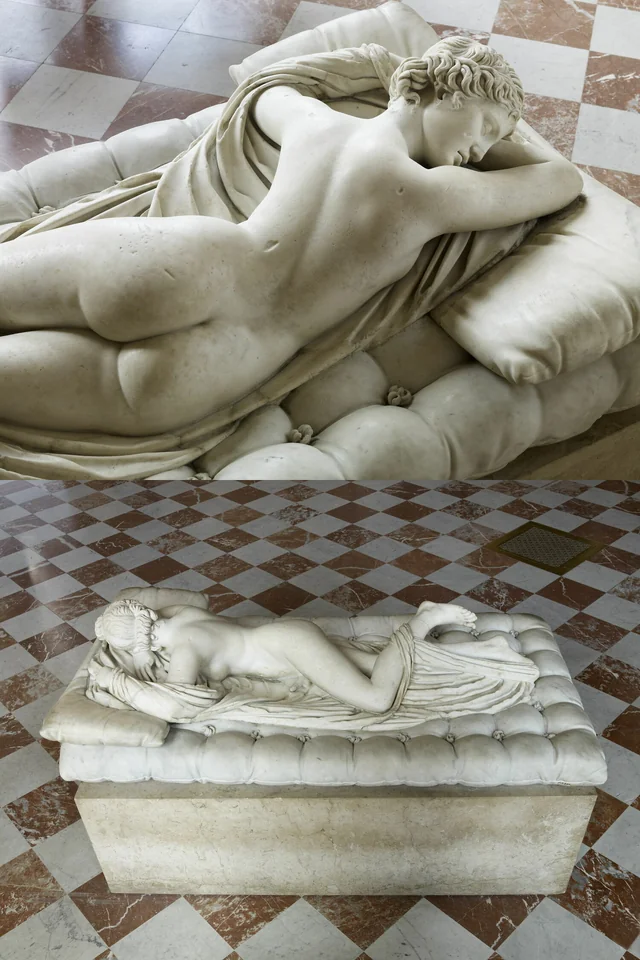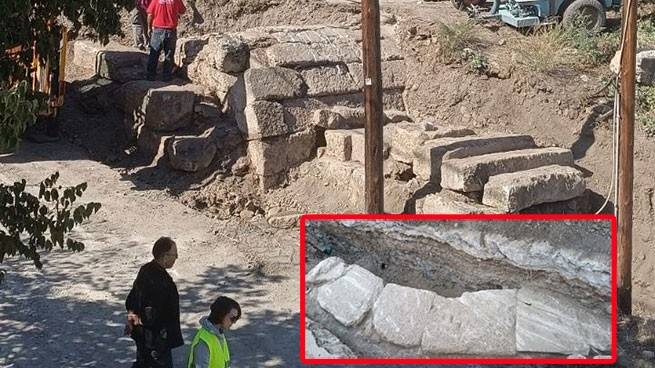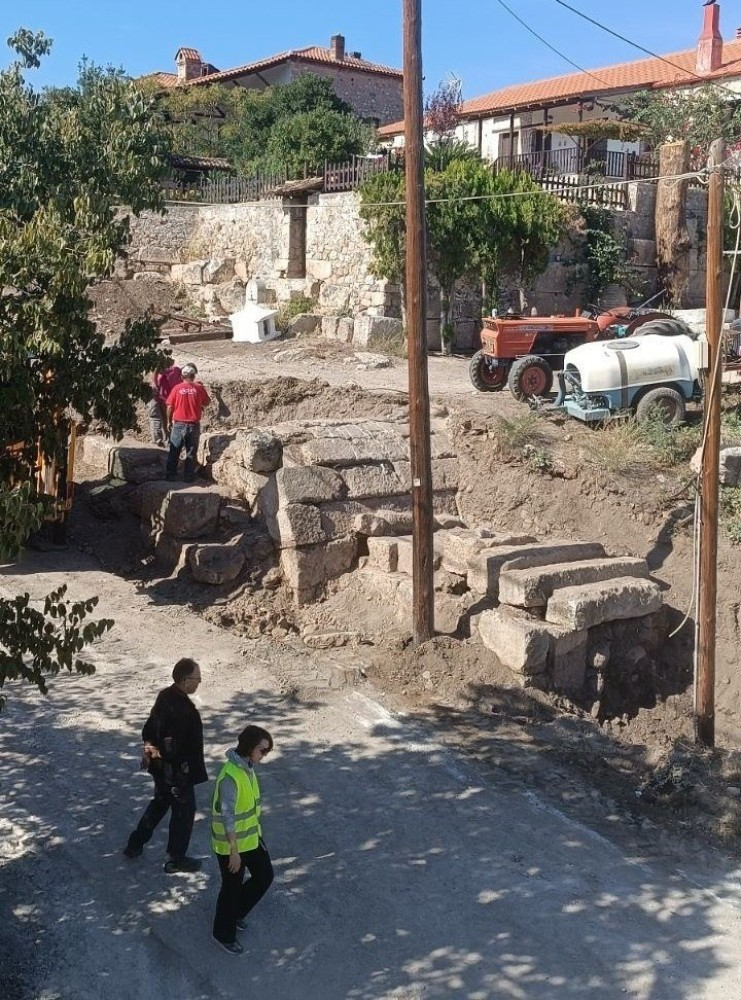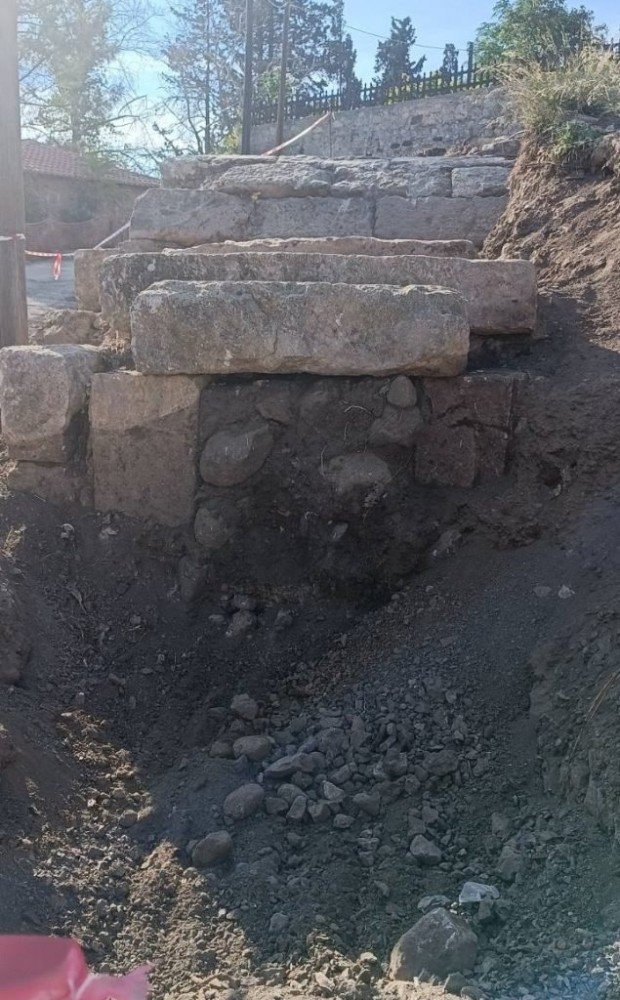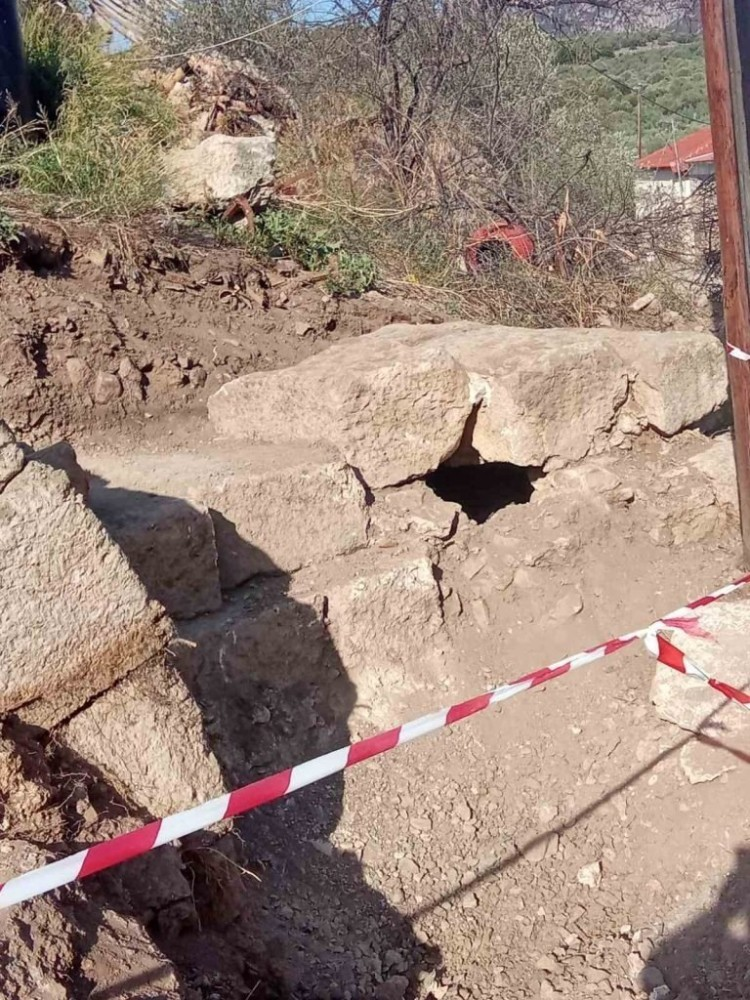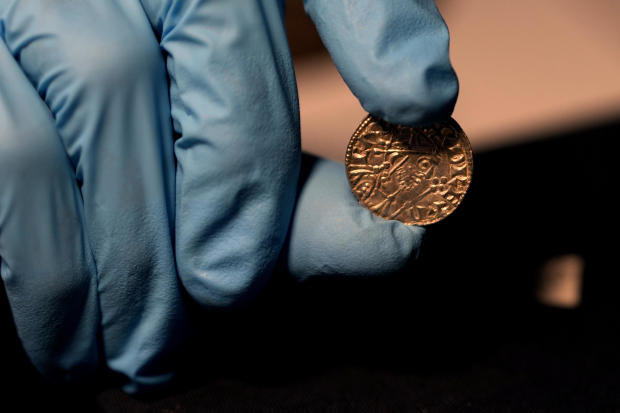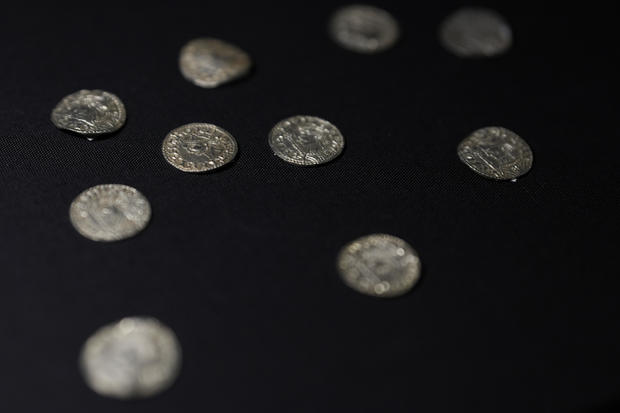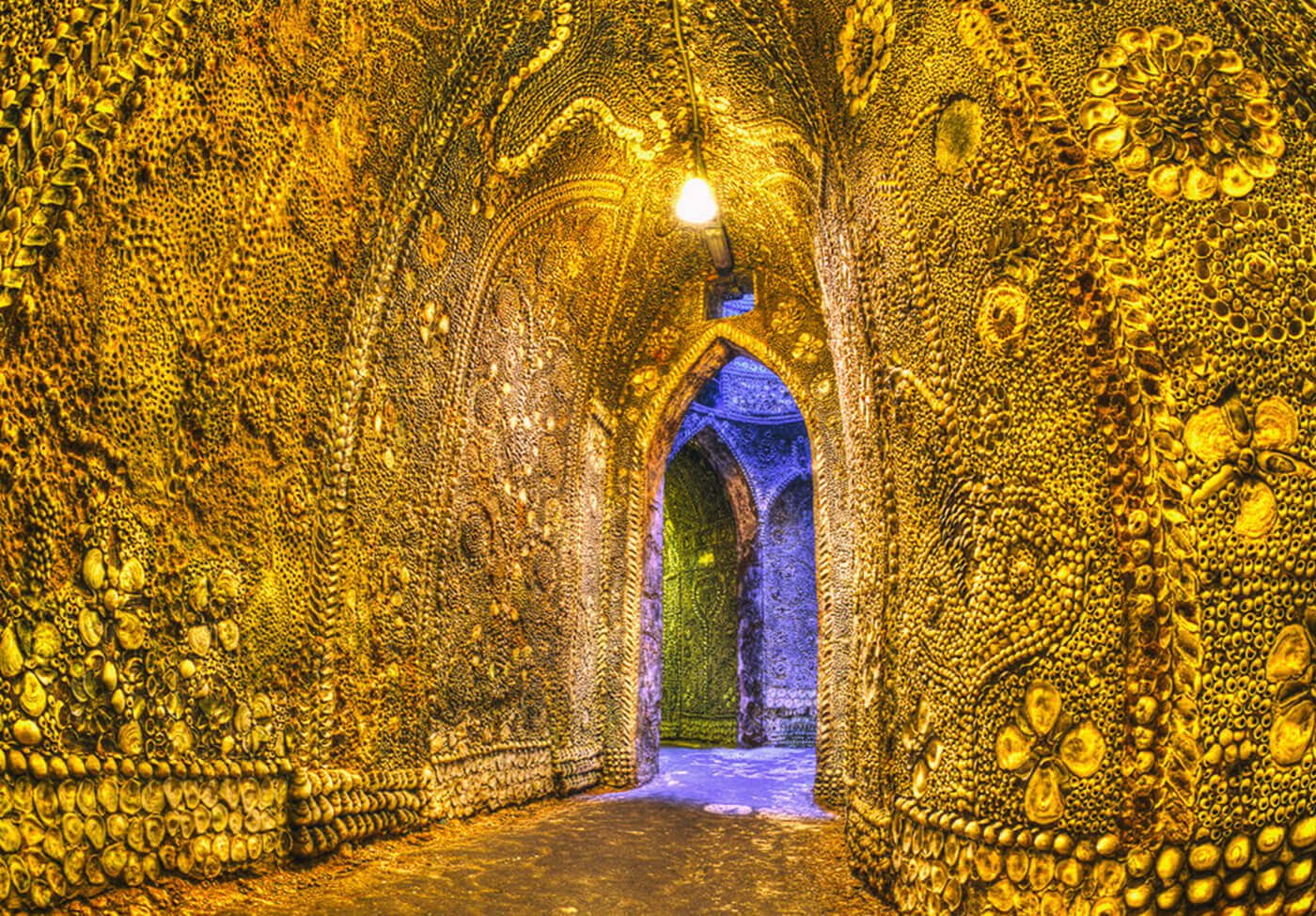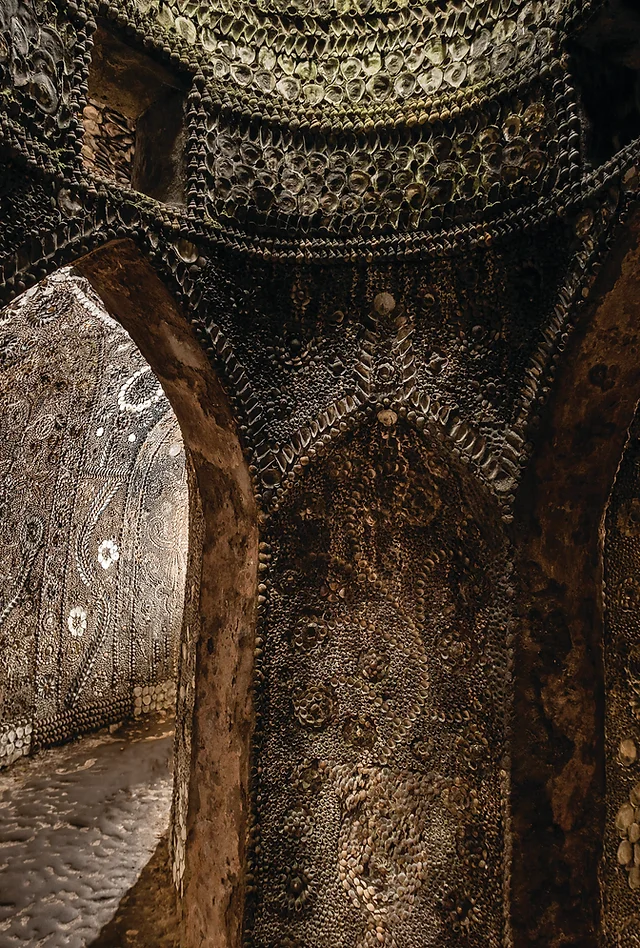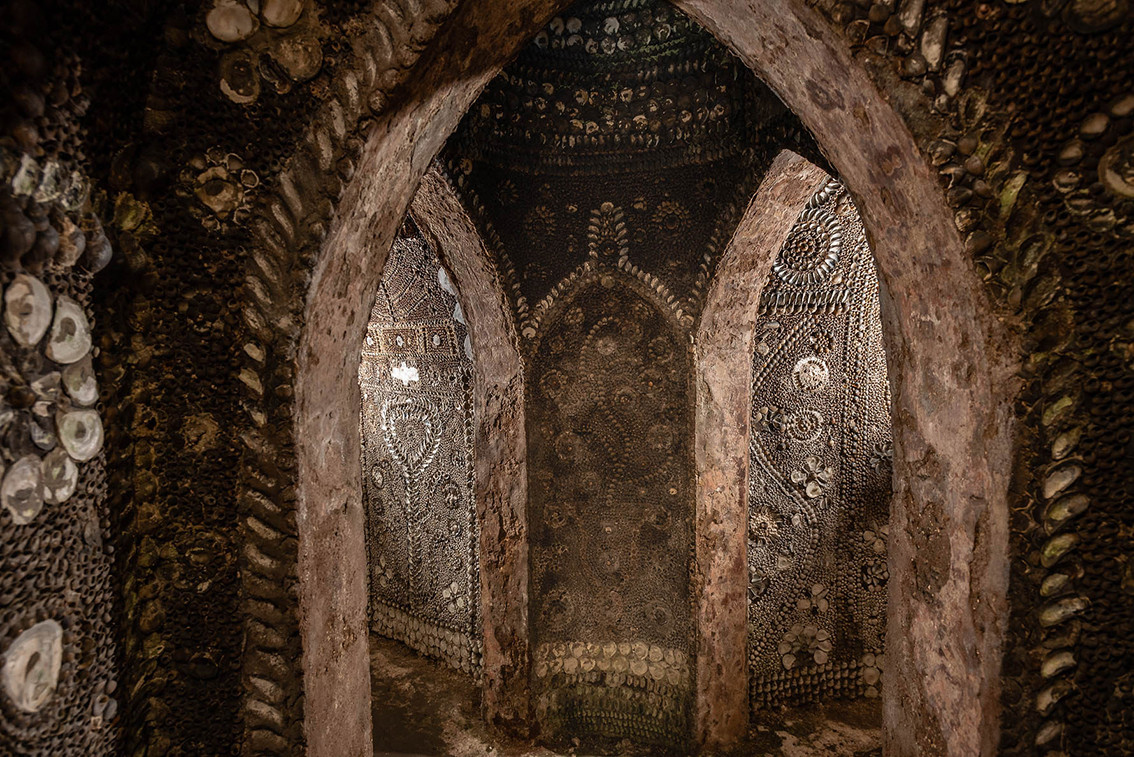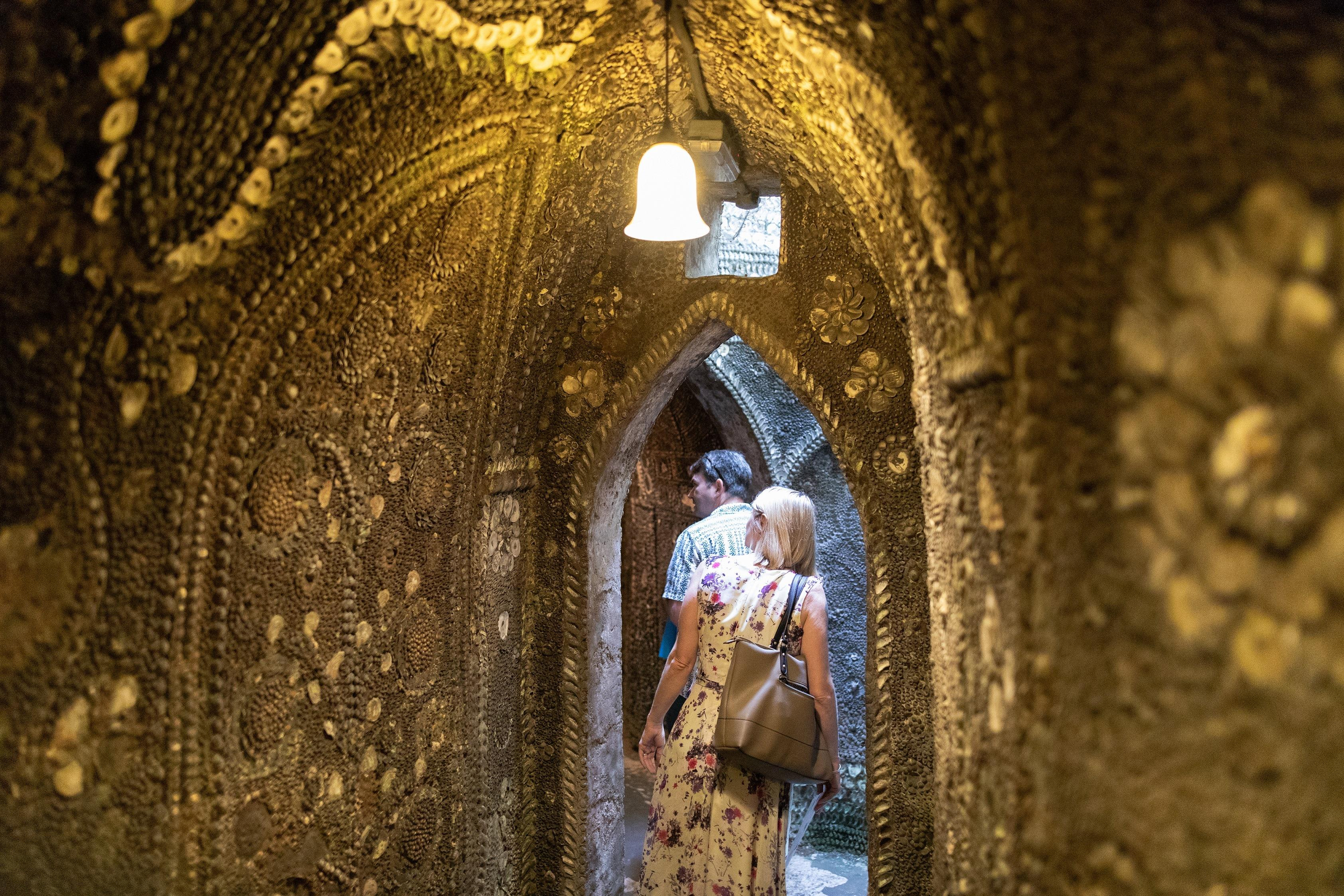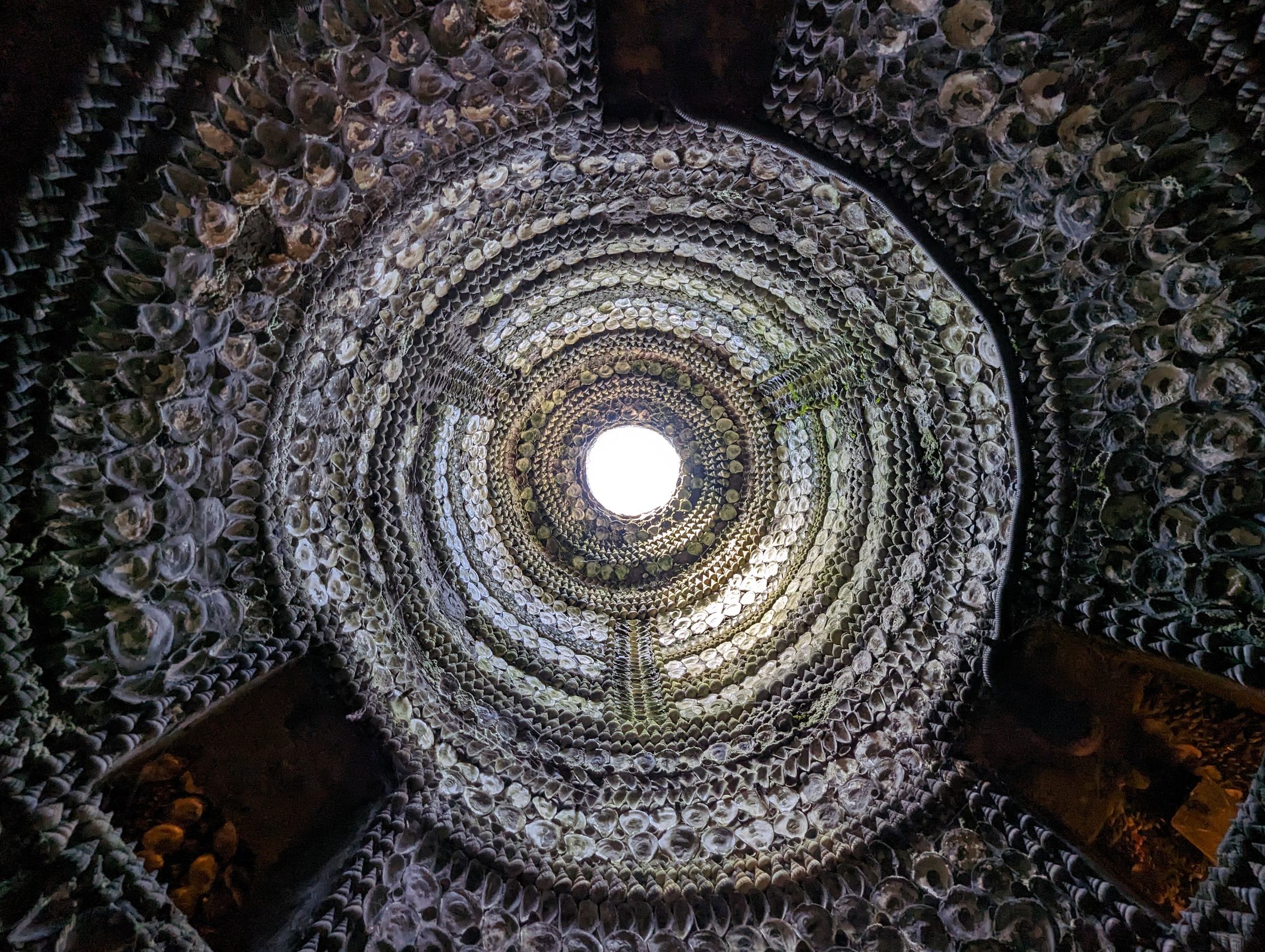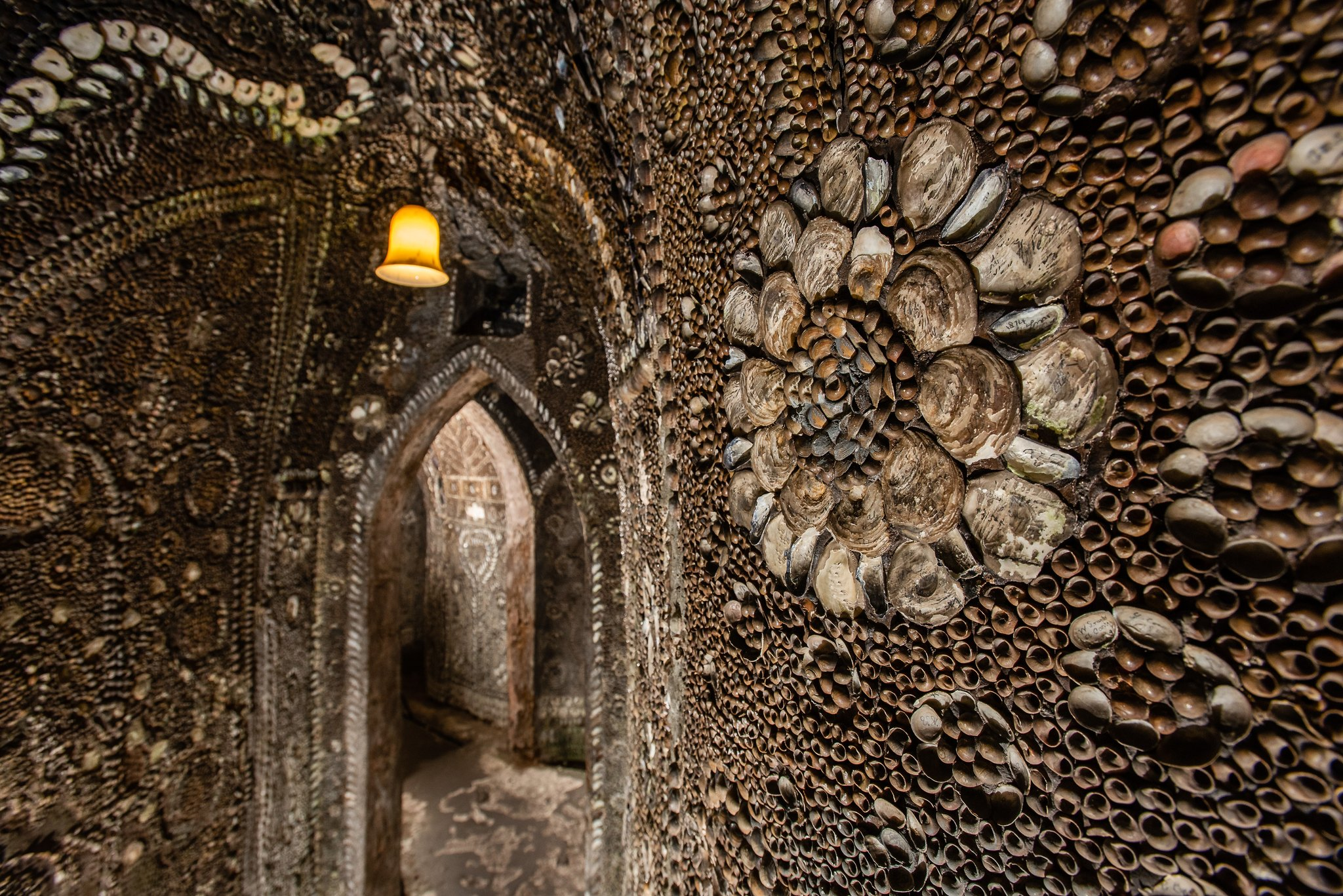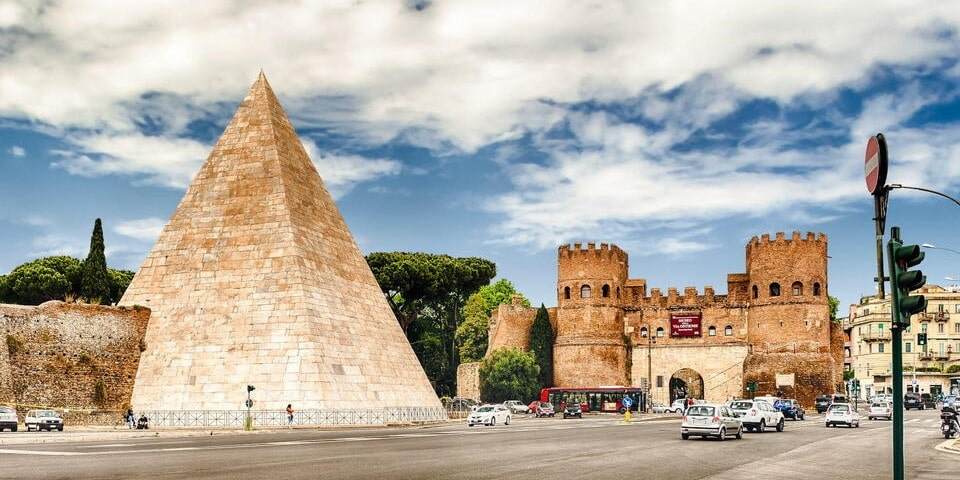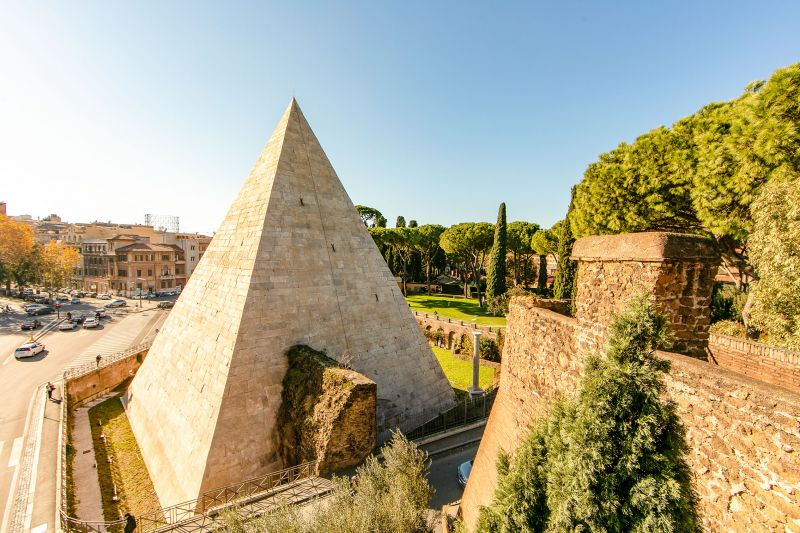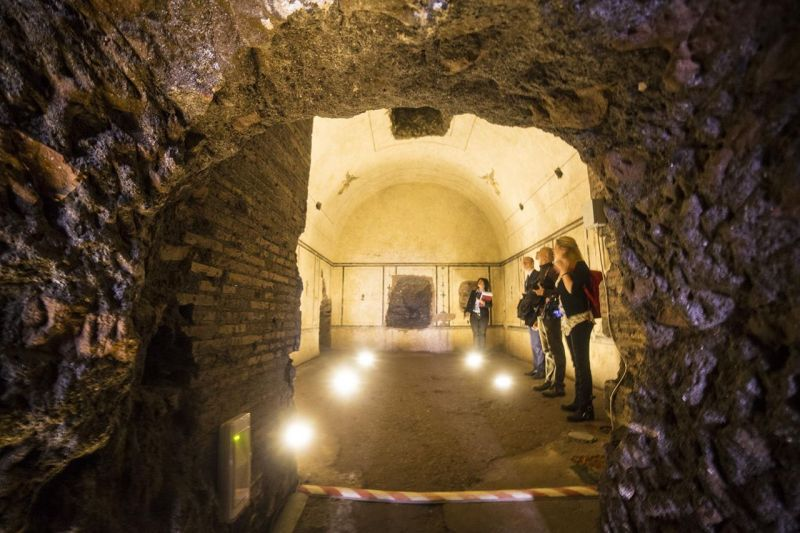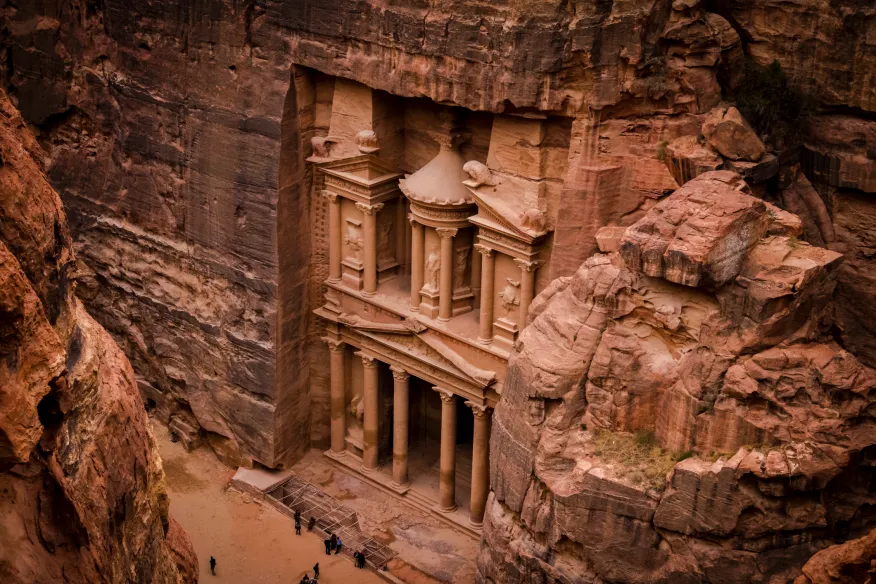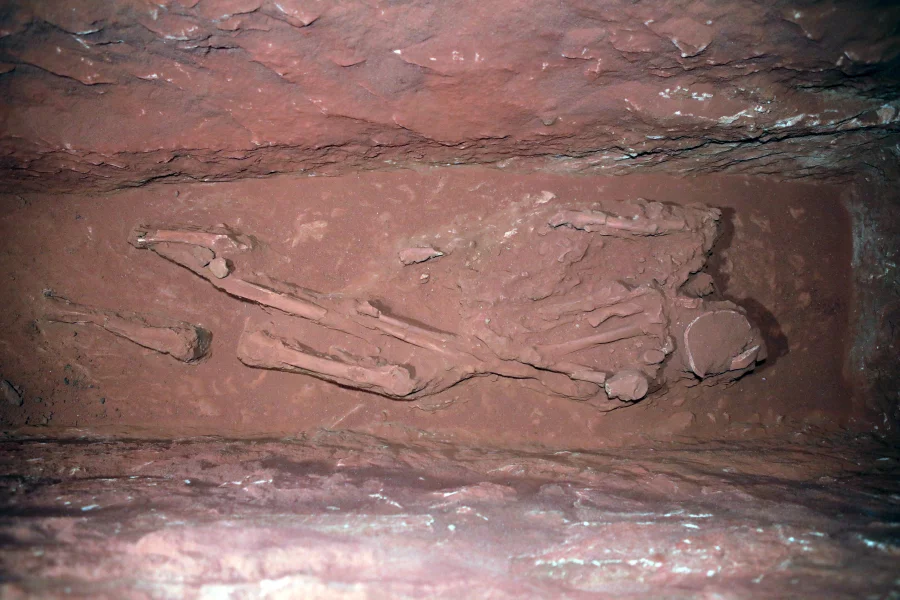This year's excavation at the Minoan palace of Archanes, led by Dr. Effie Sapouna-Sakellaraki, has uncovered a rare and significant find: a "Gateway Shrine." This structure, found at the main entrance of the palace, is a unique feature, as it is the first time such a discovery has been made at a Minoan palace. This discovery confirms the religious significance of the area and enhances our understanding of the ritual practices of Minoan society.
The Gateway Shrine and Its Religious Significance
The Gateway Shrine was uncovered at the same location where four altars and two arms of a stone platform were found, suggesting a connection to religious activities. The presence of these elements indicates that the space was not merely an entrance but also a place of religious importance. The presence of altars and a prominent platform at the palace entrance suggests that ceremonies or offerings were part of the activities conducted in this area.
Read also: Six Minoan palaces nominated for World Heritage UNESCO
Design layout of the southern entrance of the palace with two bases for double axes. Copyright: Greek Ministry of Culture
The excavation also revealed a pyramidal double-axe base on the platform, with the possible presence of a third base, further supporting the theory that the palace was closely tied to ritual symbols of Minoan religion. The presence of double axes is a sign of worship and is associated with the cult of the Great Goddess and other deities of the Minoan pantheon.
The 2024 Excavations: Ongoing Discoveries
The 2024 excavation season, conducted by the Archaeological Society of Athens, uncovered new information about the architecture and history of the Minoan palace. In the southern part of the site, archaeologists discovered a 96-square-meter courtyard south of the entrance, covered by large stones. The excavation revealed pottery artifacts from various periods, including Greek and Mycenaean, proving that the palace continued to be used during the Mycenaean era.
Another significant find was a Mycenaean layer of destruction from a fire, which revealed fragmentary kylikes and other artifacts. These finds indicate the historical continuity and importance of Archanes not only during the Minoan but also in the Mycenaean period, reinforcing the image of cultural exchanges and succession of civilizations in Crete.
The entrance with the four altars (on the right in the photo) and two additional altars, one rectangular and one stepped, within the courtyard of the palace. Copyright: Greek Ministry of Culture
Historical Connections with Previous Research
Archaeological activity at Archanes began in the 1960s by Yiannis Sakellarakis, whose work was continued by Dr. Effie Sapouna-Sakellaraki. The site initially attracted the attention of Sir Arthur Evans, who believed it was the "summer palace" of Knossos. However, modern research has proven that Archanes was an independent center with its own architectural and cultural peculiarities.
Previous excavations had brought to light a wealth of architectural and mobile finds, as well as five tholos tombs and many burial structures in the area of Fourni Hill. The palace, with its luxurious spaces, decorative plasters, gypsum floors, and frescoes, presents a complex picture of Minoan architecture and art.
New Indications of Religious Practices
Another significant find was a stone base discovered south of the entrance with the altars. This base, which had fallen from an upper floor, was likely part of a wooden xoanon (cult image), suggesting that there was a sacred area on the upper floor of the room. The four bronze hooks found along with the base reinforce the hypothesis that this construction had a ritual purpose.
Copyright: Greek Ministry of Culture
Design representation of the entrance of the Archanes palace with the altars.
Conclusions and Prospects
This year's excavation adds new pieces to the puzzle of the history of Archanes, highlighting its religious and cultural role in Minoan and Mycenaean Crete. The discovery of the Gateway Shrine is a rare and significant find that enriches our knowledge of the worship and ritual practices of the Minoans. Furthermore, references to later gateway shrines, such as those of the Mycenaeans and Classical periods, provide a broader historical parallel that highlights the ongoing evolution of religious practices in the Mediterranean region.
Future excavations are expected to shed further light on the role of the Archanes palace and reveal more about the daily practices, rituals, and social structures of the Minoans. The contributions of Dr. Effie Sapouna-Sakellaraki and her team are proving crucial to understanding the Minoan civilization and its significance in the broader history of the Aegean.





